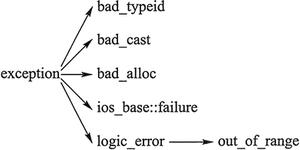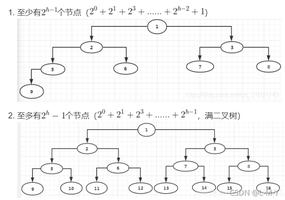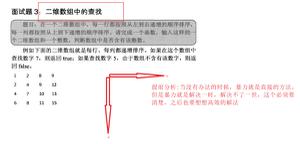Python中numpy多维数组的用法

继上篇讲过numpy如何构建多维数组之后,今天我们来学习numpy多维数组的用法。
加法和减法操作要求操作双方的维数信息一致,均为M*N为数组方可正确执行操作。
a = np.arange(4)
输出:
array([0, 1, 2, 3])
b = a**2
输出:
array([0, 1, 4, 9])
c = 10*np.sin(a)
输出:
array([ 0. , 8.41470985, 9.09297427, 1.41120008])
n < 35
输出:
array([ True, True, True, True], dtype=bool)
A = np.array([[1,1],[0,1]])
B = np.array([[2,0],[3,4]])
C = A * B # 元素点乘
输出:
array([[2, 0],
[0, 4]])
D = A.dot(B) # 矩阵乘法
输出:
array([[5, 4],
[3, 4]])
E = np.dot(A,B) # 矩阵乘法
输出:
array([[5, 4],
[3, 4]])
多维数组操作过程中的类型转换
When operating with arrays of different types, the type of the resulting array corresponds to the more general or precise one (a behavior known as upcasting)
即操作不同类型的多维数组时,结果自动转换为精度更高类型的数组,即upcasting
a = np.ones((2,3),dtype=int) # int32
b = np.random.random((2,3)) # float64
b += a # 正确
a += b # 错误
a = np.ones(3,dtype=np.int32)
b = np.linspace(0,pi,3)
c = a + b
d = np.exp(c*1j)
输出:
array([ 0.54030231+0.84147098j, -0.84147098+0.54030231j,
-0.54030231-0.84147098j])
d.dtype.name
输出:
'complex128'
多维数组的一元操作,如求和、求最小值、最大值等
a = np.random.random((2,3))
a.sum()
a.min()
a.max()
b = np.arange(12).reshape(3,4)
输出:
array([[ 0, 1, 2, 3],
[ 4, 5, 6, 7],
[ 8, 9, 10, 11]])
b.sum(axis=0) # 按列求和
输出:
array([12, 15, 18, 21])
b.sum(axis=1) # 按行求和
输出:
array([ 6, 22, 38])
b.cumsum(axis=0) # 按列进行元素累加
输出:
array([[ 0, 1, 2, 3],
[ 4, 6, 8, 10],
[12, 15, 18, 21]])
b.cumsum(axis=1) # 按行进行元素累加
输出:
array([[ 0, 1, 3, 6],
[ 4, 9, 15, 22],
[ 8, 17, 27, 38]])
universal functions
B = np.arange(3)
np.exp(B)
np.sqrt(B)
C = np.array([2.,-1.,4.])
np.add(B,C)
其他的ufunc函数包括:
all, any, apply_along_axis, argmax, argmin, argsort, average, bincount, ceil, clip, conj, corrcoef, cov, cross, cumprod, cumsum, diff, dot, floor,inner, lexsort, max, maximum, mean, median, min, minimum, nonzero, outer, prod, re, round, sort, std, sum, trace, transpose, var,vdot, vectorize, where
以上就是Python中numpy多维数组的用法。更多Python学习推荐:云海天Python教程网。
以上是 Python中numpy多维数组的用法 的全部内容, 来源链接: utcz.com/z/528463.html








